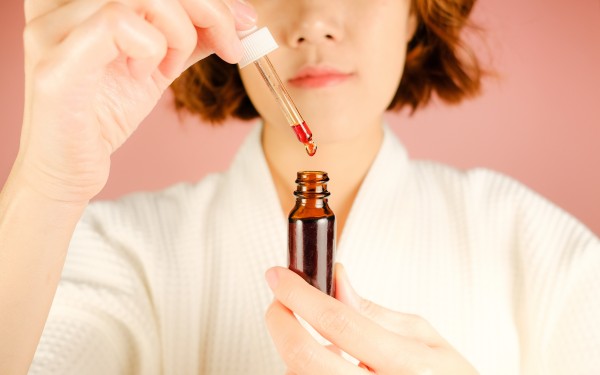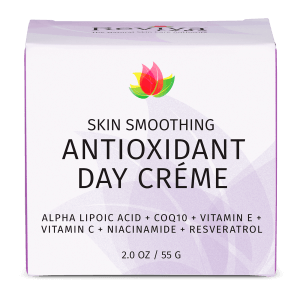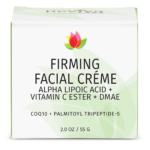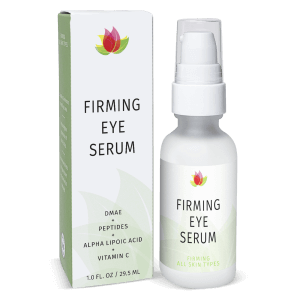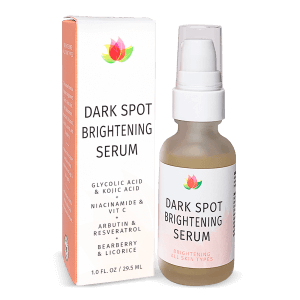Smoking is a habit that can have detrimental effects on various aspects of your health, including your skin. It exposes your skin to harmful chemicals, causing an array of skin issues ranging from premature aging to uneven skin tones. But the good news is, quitting smoking can help your skin recover and even improve its overall appearance. This blog post we’ll explore how smoking affects your skin and provide effective strategies to reverse its impact.
How Smoking Damages Your Skin
Smoking affects your skin in multiple ways, causing both visible and invisible damage. Here’s how it happens:
Restricted Blood Flow
When you smoke, the nicotine in the cigarettes causes your blood vessels to constrict, which hinders the normal flow of blood. This results in a decrease in the supply of essential nutrients and oxygen to your skin, leading to dull and dry skin.
Collagen and Elastin Breakdown
Cigarettes are packed with chemicals that accelerate the breakdown of collagen and elastin in your skin. These proteins are crucial for maintaining the firmness and elasticity of your skin. As they break down, your skin starts to sag, and wrinkles begin to form.
Discoloration and Age Spots
Smokers often have an uneven skin tone. The lack of oxygen can make your skin appear pale or even gray. Moreover, smokers are more prone to developing age spots, which are usually caused by sun damage.


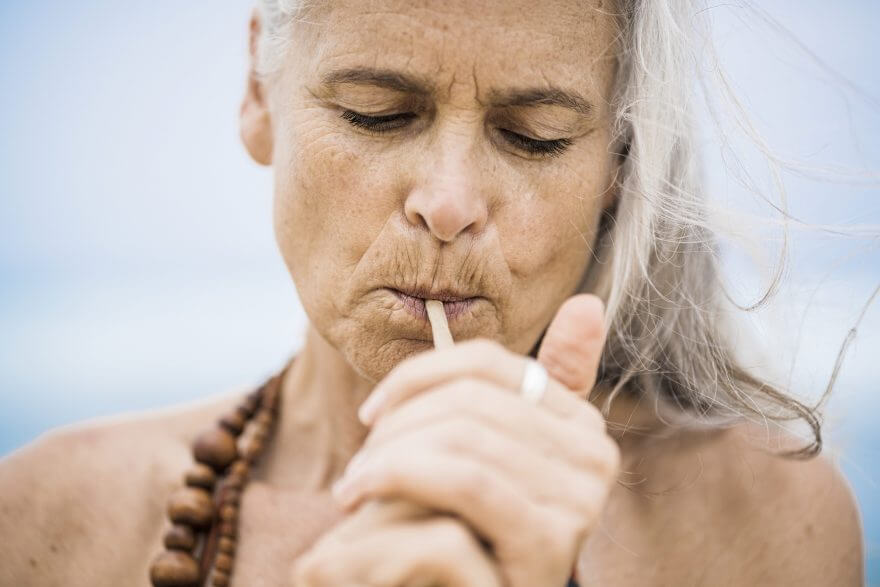
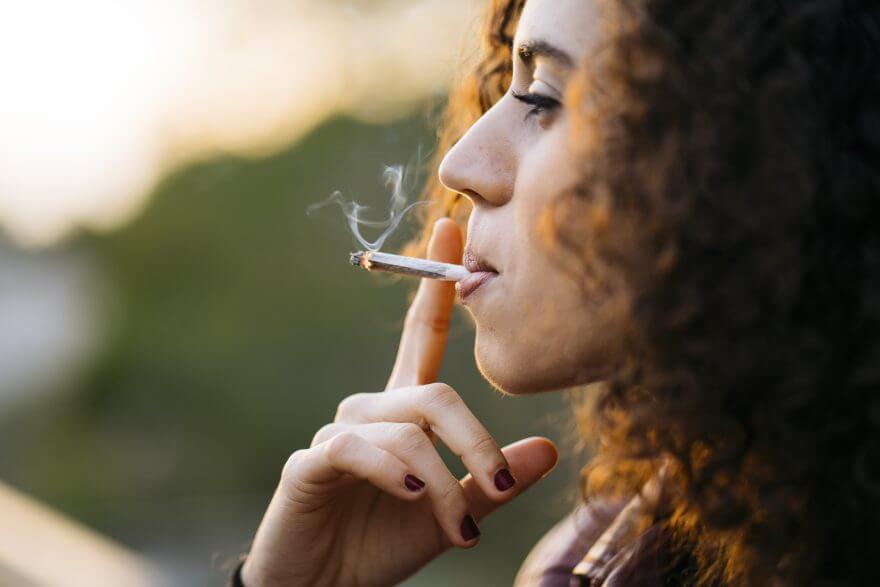
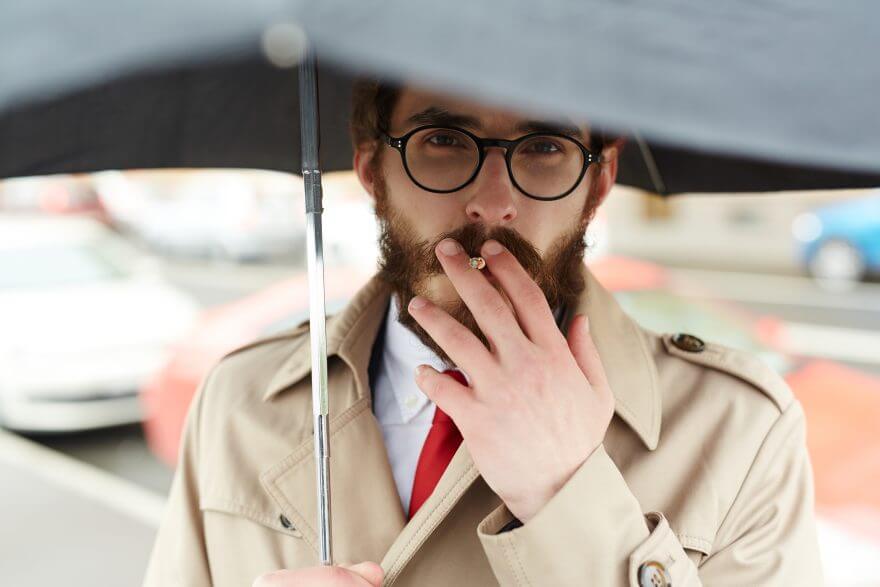
The Visible Signs of Smoking on Your Skin
Smoking leaves visible signs on your skin that can make you look older than your actual age. Some of these signs include:
Premature Aging and Wrinkles
Smokers often show signs of premature aging. The decrease in collagen and elastin causes the skin to lose its firmness and elasticity, leading to sagging skin and wrinkles. Lines around the mouth and crow’s feet around the eyes are common among smokers.
Uneven Skin Tone
Smokers often struggle with an uneven skin tone. Due to the lack of blood flow to the skin, the complexion can appear pale or gray. The skin may also develop age spots and discoloration.
Stained Fingers and Teeth
Long-term smokers often have stains on their fingers and teeth due to the nicotine and other toxins in cigarettes. These stains are usually yellowish and can be difficult to remove.
Reversing the Damage: The Skin Recovery Process After Quitting Smoking
Quitting smoking is the first step towards skin recovery. After you quit, your skin begins to heal itself, and you might start to see improvements in just a few weeks. Here’s what happens:
Improved Blood Flow
When you quit smoking, the nicotine no longer constricts your blood vessels. This allows for improved blood flow, ensuring your skin gets the oxygen and nutrients it needs. As a result, your skin begins to look healthier and more radiant.
Restoration of Collagen and Elastin
Without the harmful effects of smoking, your skin can start to produce collagen and elastin again. This helps restore the elasticity and firmness of your skin, reducing sagging and wrinkles.
Reduction in Discoloration and Age Spots
Once you quit smoking, your skin can start to regain its natural color. The discoloration and age spots caused by smoking begin to fade, and your complexion becomes more even.
Additional Steps to Improve Your Skin After Quitting Smoking
Quitting smoking is the most significant step towards healthier skin, but there are other steps you can take to speed up the recovery process:
Adopt a Healthy Diet
A well-balanced diet rich in vitamins A and C can do wonders for your skin. These vitamins are packed with antioxidants that can help your skin recover from the damage caused by smoking.
Stay Hydrated
Drinking enough water is crucial for maintaining healthy skin. It keeps your skin hydrated and flushes out toxins from your body.
Maintain a Regular Skincare Routine
A regular skincare routine can help your skin recover faster. This includes cleansing, exfoliating, and moisturizing your skin regularly. You can also use products containing alpha-hydroxy acids or retinols to help the skin renew itself.
Consider Professional Skin Treatments
If you’ve been a heavy smoker for a long time, you might need professional skin treatments to reverse the damage. These treatments can range from laser skin resurfacing and chemical peels to fillers and wrinkle injections.
Smoking damages skin but it can be reversed
Smoking can take a serious toll on your skin, causing premature aging, wrinkles, and uneven skin tone. However, the damage is not permanent. By quitting smoking and adopting a healthy skincare routine, you can reverse the damage and restore your skin’s health and youthful appearance.





